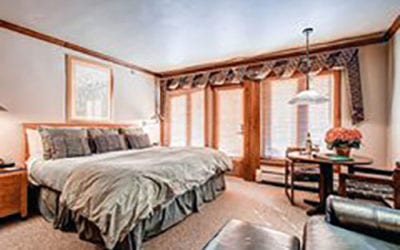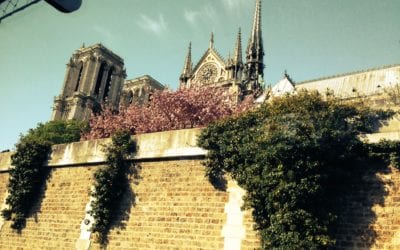A gleaming white sand beach that rims the azure sea is set off by an explosion of scarlet, purple and other vivid colors of lush tropical foliage. Nearby, stretches of rocks and pebbly soil interspersed with cactus comprise a very different bleak, desert-like terrain.
The extraordinary variety of landscapes that visitors to Aruba discover is echoed by the equal diversity of its attractions.
For example, Aruba’s white sand beaches are among the most beautiful in the Caribbean. Then there are the touches of European charm which abound around the island.

Case in point: One distinctive landmark is an authentic windmill that was built in 1804 and which once drained water from low-lying areas of Holland. In 1960, the structure was taken apart, shipped to Aruba and reassembled in its unlikely Caribbean setting, where it has housed several restaurants and night clubs.
It’s no surprise that most people visit Aruba for its palm tree-lined beaches overlooking crystal clear water. A magnificent seven-mile stretch of beaches backs up to the high-rise hotels that rim the sheltered southwestern and western coastlines. The windswept northern and eastern coasts, which are constantly battered by the sea, have been left largely undeveloped.

Hiking trails criss-cross the park, and those that lead through its more isolated areas offer opportunities to spot native parakeet, burrowing owls and other wildlife that makes it their home.
Intriguing chapters of Aruba’s history come alive in this setting. Shallow cave formations recall a time when a branch of Arawak Indians inhabited the island. Brownish-red drawings that ornament walls and ceilings attest to their presence.
Reminders of Aruba’s agricultural past in the park include a long-deserted adobe farm house, while abandoned mines recall a mini-gold rush that got under way in 1825 and lasted for nearly a century.
Speaking of gold, the 12 casinos on the island have earned it the nickname of “Las Vegas of the Caribbean.” While most casinos are located in major resort hotels, there are two in Oranjestad, Aruba’s capital and largest city.

When not spending money on shopping or gambling, visitors have a choice of several small but interesting museums. The Archaeological Museum is housed in a cluster of colorfully painted homes that were occupied by a local family for nearly 130 years, beginning in 1870. The exhibits inside showcase the history of Indians on Aruba. They range from an ancient long house and native hut to artifacts dating back as far as 2500 BC.

The town of Noord began as an Indian community, while the hamlet of Rancho was established as a fishing village around 1855.
San Nicolas is the second largest town after Oranjestad, but is worlds away in atmosphere. While it once jumped to the beat of workers from the now-abandoned nearby oil refinery, it’s usually on the quiet side these days.
A mini-promenade along the main street is lined by several shops and restaurants, but the biggest draw in town is Charlie’s Bar. Beginning in the early 1940s, scuba divers who dropped by the establishment attached their underwater finds to the walls and ceiling, creating what eventually evolved into a bric-a-brac heaven. Virtually every inch of available space is adorned with automobile license plates, paper money and business cards from around the world, and other mementoes too varied and numerous to list.
The main claim to fame of Paradera village is its location close to two intriguing natural sites that once were sacred places to the Indians. The Ayo and Casibari rock formations consist of huge boulders that rise up dramatically from the sandy desert terrain. Over time, prevailing winds have carved the rocks into unusual shapes which, with a little imagination on the part of the viewer, resemble birds, dragons and other identifiable figures.

Those boulders rising from a flat, stark landscape provide a setting very different from the white sand beaches of Aruba. Both are among the something-for-everyone variety that makes the island an inviting winter getaway destination.
If you go
For more information about Aruba, call (800) 862-7822 or log onto aruba.com.
Photos: © Len Kaufman

After gallivanting throughout the United States and to more than 75 other countries around the world, and writing about what he sees, does and learns, Victor Block retains the travel bug. He firmly believes that travel is the best possible education, and claims he still has a lot to learn. He loves to explore new destinations and cultures, and his stories about them have won a number of writing awards.



